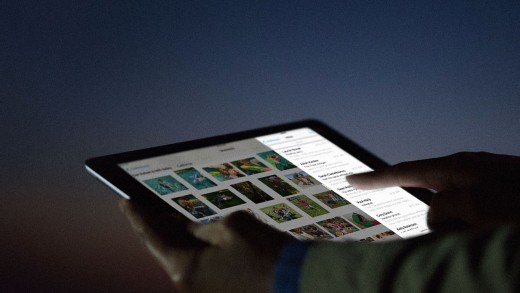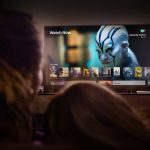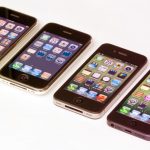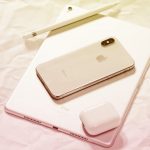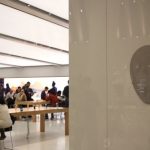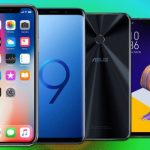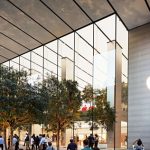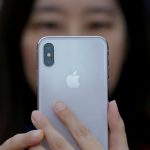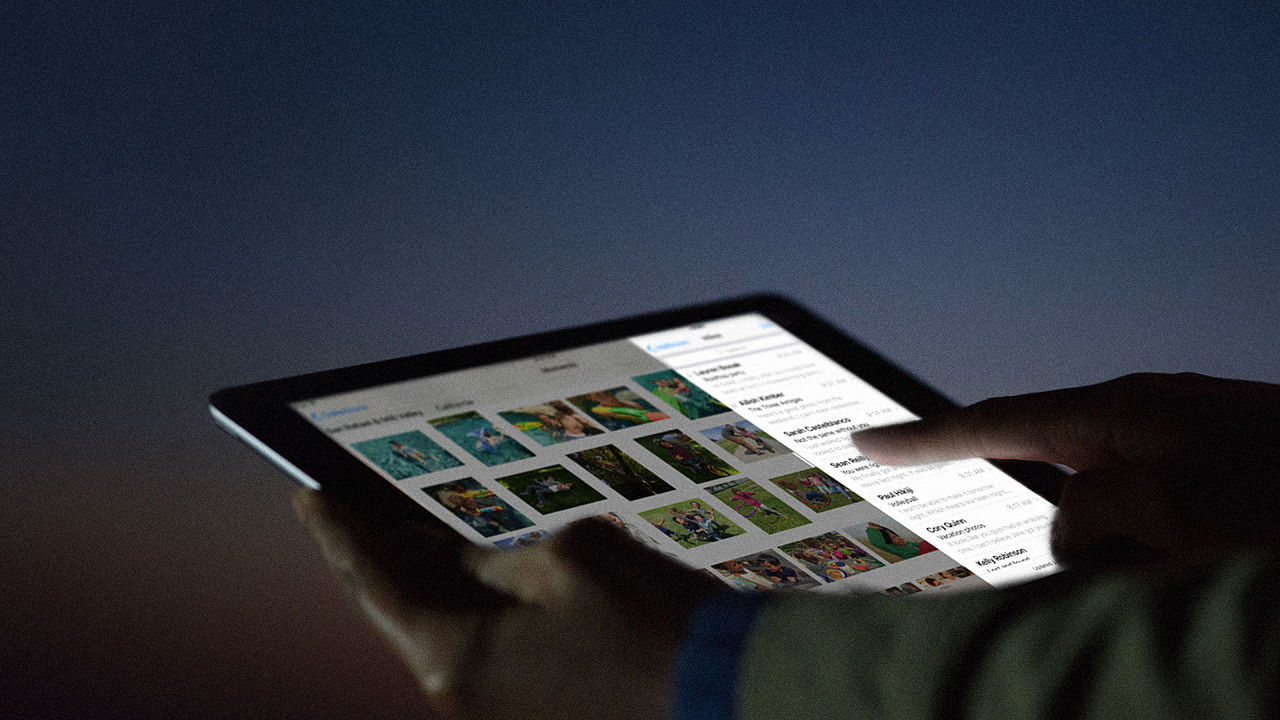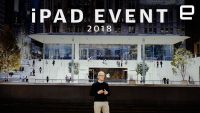“Night Shift” Could Be iOS’s Most Important UX Improvement In Years
A new feature in iOS 9.3 could help millions of people get more sleep.
Reading on a screen at night is probably killing your sleep: Research shows that using a tablet, smartphone, or laptop for a couple of hours before bed can cause you to lose as much as an hour’s worth of sleep per night. With its next major software update to iOS 9 Apple is looking to solve the problem, automatically adjusting the color of the light coming from your iPhone or iPad’s screen when it’s dark out so you fall asleep more easily.
The feature is called Night Shift, and it’s part of the forthcoming iOS 9.3 update to Apple’s mobile operating system. Here’s what it does, according to Apple:
Many studies have shown that exposure to bright blue light in the evening can affect your circadian rhythms and make it harder to fall asleep. Night Shift uses your iOS device’s clock and geolocation to determine when it’s sunset in your location. Then it automatically shifts the colors in your display to the warmer end of the spectrum, making it easier on your eyes. In the morning, it returns the display to its regular settings.
This isn’t just breathless marketing—it’s science. The human sleep cycle is uniquely sensitive at night to the blue light that is emitted by most screens, with the American Medical Association recommending that those with sleep disorders minimize their time with screens before bedtime, or using dim red lighting to minimize the effect. That’s because as it gets darker, our eyes expect to see warmer light: for example, the reddish light of a candle, a fire, or a sunset, as opposed to the blue light of daytime.
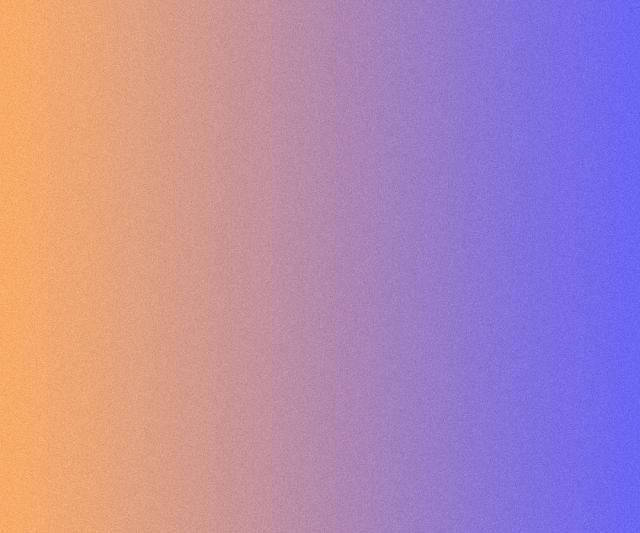
Night Shift will automatically make your iPhone or iPad screen warmer or cooler according to what time of day it is. It sounds a lot like F.lux, a popular app for Windows, Mac, and Linux. Which is, in all probability, not a coincidence: a couple months ago, F.lux released its software for iPhone and iPad, only to be forced by Apple to pull it from distribution just days later.
That was a bit of a dick move, but as a long-time F.lux user, it’s hard to care too much—as long as we’re getting the same functionality built right into iOS. The truth is, once you get used to screens that automatically adjust their color temperature at night, it’s impossible to go back. You start sleeping better, and any screen that doesn’t have such software installed looks blinding and disorienting after sundown.
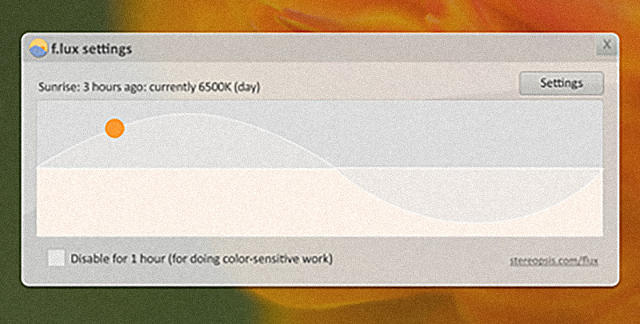
This seemingly small feature could be one of Apple’s most impactful UX improvements ever, single-handedly improving the sleep of millions of people per year. It’s hard to imagine a similar change that could make such a big a difference in the day-to-day health and happiness of users. Plus, where Apple goes, the competition tends to follow. How soon before Android, Microsoft, and other OS makers follow suit?
We can’t wait for iOS 9.3 to be officially released. In the meantime, try F.lux if you want to see just how big an impact the temperature of your screen makes to your sleep cycle.
Related: Is the immense innovation Apple oversaw during the Steve Jobs era over?
[Top Image: via Apple]
Fast Company , Read Full Story
(14)

